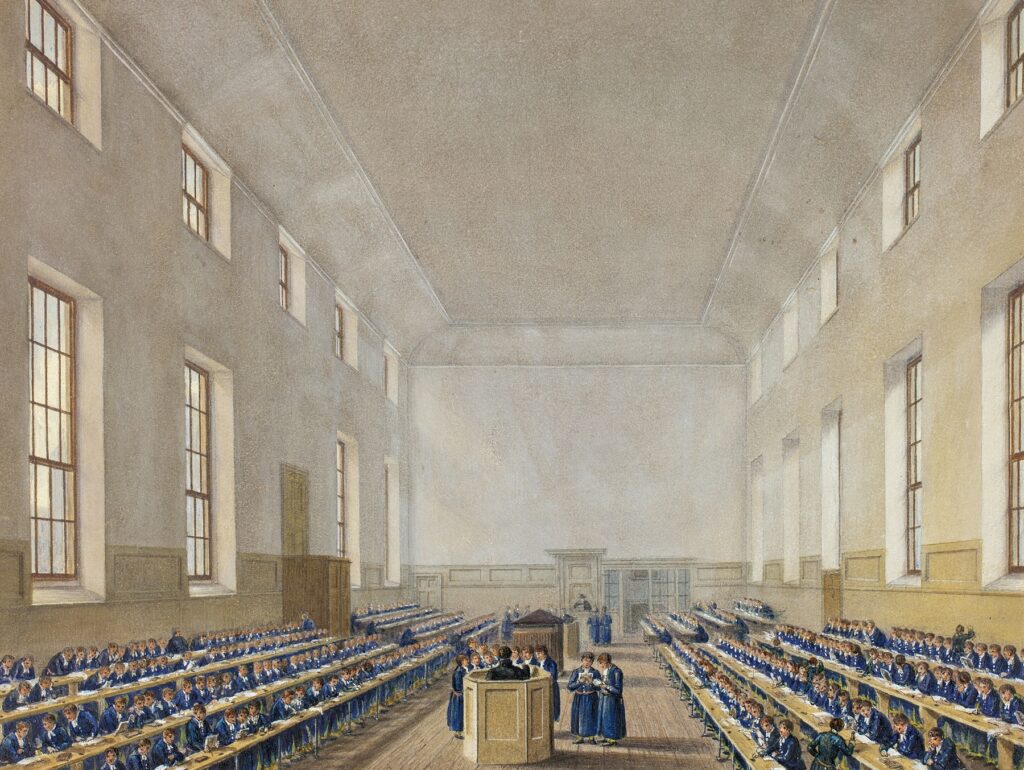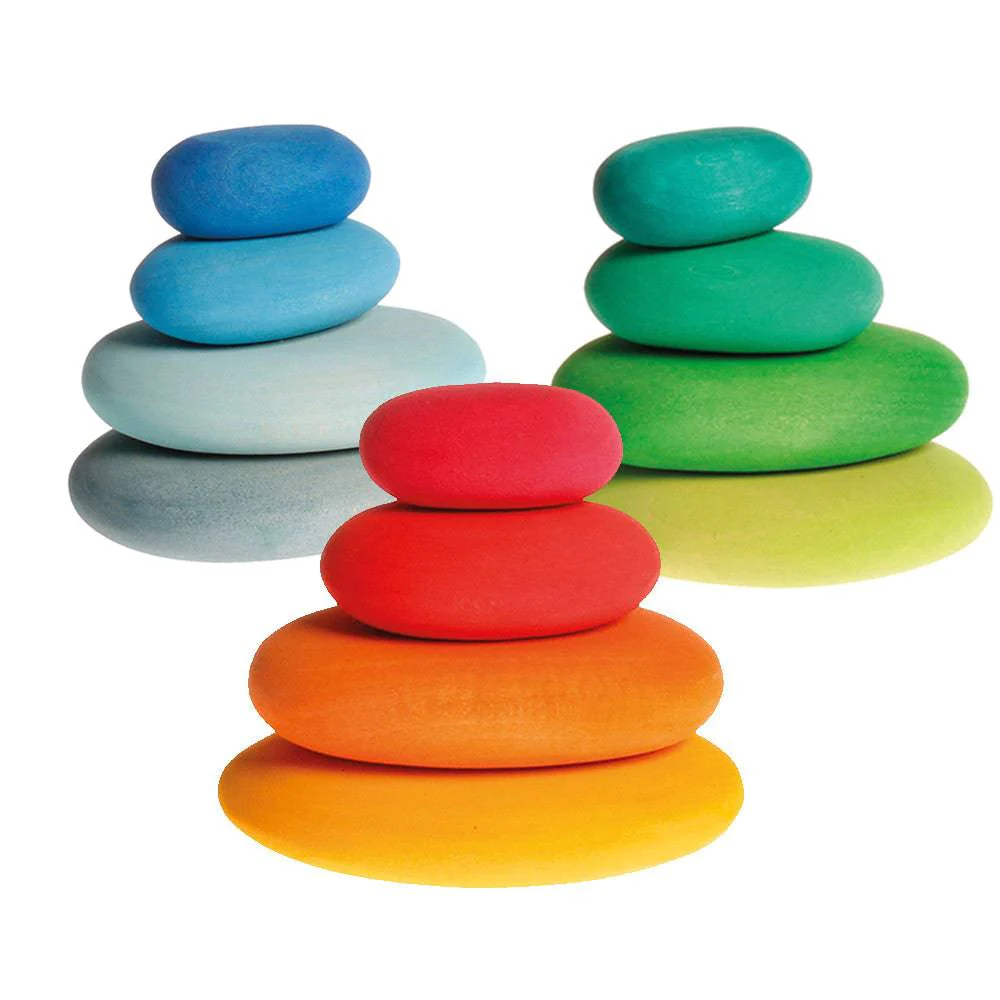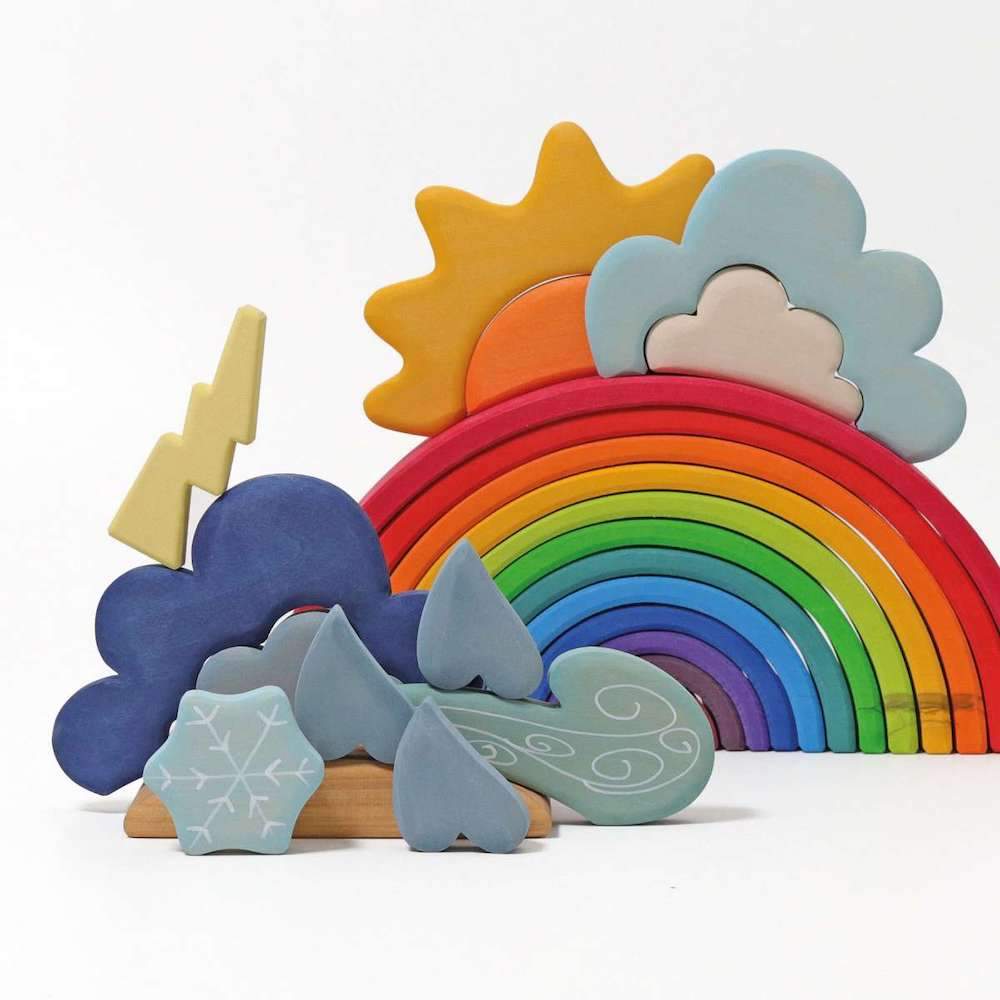When you think of a Waldorf Toy, what does it conjure up in your mind? I imagine well-behaved kids quietly sitting in a circle, each taking a turn to complete a puzzle that is passed around– every child is engaged, obedient, and absorbed the activity. Well, anyway, that’s my own picture of a Waldorf school and their toys in my mind. But where did this notion come from and is it true? Let’s dive into what makes Waldorf Toys so appealing.
A Small History of Waldorf
The father of the Waldorf pedagogy, Rudolf Steiner, wrote about child development and early education. In his 1894 book, The Philosophy of Freedom (or Philosophy of Spiritual Activity), Steiner lays out the key tenants of connecting human nature to a wholly connected spiritual side. He says,
The something more which we seek in things, over and above what is immediately given to us in them, splits our whole being into two parts. We become conscious of our opposition to the world. We oppose ourselves to the world as independent beings. The universe has for us two opposite poles: Self and World
– Rudolf Steiner, The Philosophy of Freedom (or Philosophy of Spiritual Activity)

This division in the human experience, Steiner argues, leads to an innate desire for knowledge and a quest to fulfill this harmony of spiritual unity, where the individual is connected to the world. So it’s up to the individual to explore inner motives and relate them to the natural world. But in order to find freedom, as Steiner argues, a child can use those inner motives, to extend beyond sensory perceptions and incorporate individual intuition and independent creativity.
These ideas inspired the owner of the a German tobacco company Waldorf-Astoria-Zigarettenfabrik, to launch the first Waldorf school and this is where we derive the eponymous school names.
Imagine these radical notions of individual intuition and creativity guiding learning, contrasted against the classic stereotypical grey and concrete walls of a British classroom. It’s easy to see why they are popular among kids and parents alike.
What are Waldorf toys?
Waldorf toys are not a prescribed bundle of goods, but instead, incorporate all kinds of toys based on the tenants of the Waldorf childhood development principles:
- Holistic Approach: incorporating the child’s physical, emotional, intellectual and spiritual development
- Play-Based Learning: simulating the imagination
- Rhythm and Routine: Regular activities such as circle time, storytelling, artistic work, and outdoor play, provide a sense of security and support healthy growth.
- Arts and Crafts: Creative expression through arts, crafts, music, and movement is highly valued in Waldorf education.
Why are they popular?
Many of Waldorf toys are made from natural elements such as wood, wicker and felt to bring the child back to nature. They are stained or painted with warm colors to accentuate the connection to world around them. Many of the wooden animals or people do not have faces in order to spur creativity and imagined emotions while playing.
Do you feel a sense of calming and intrigue with these types of toys? Aren’t there many ways to use these toys so they become eternally entertaining with the variable modes of play?


